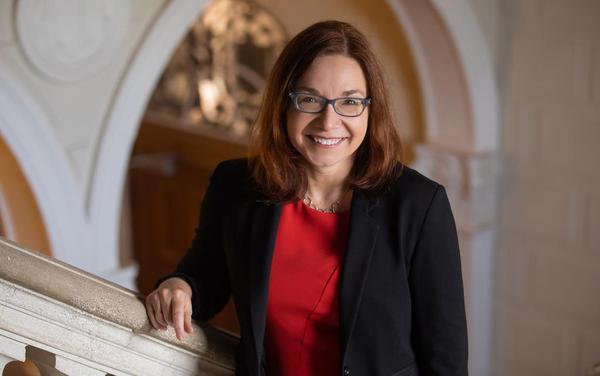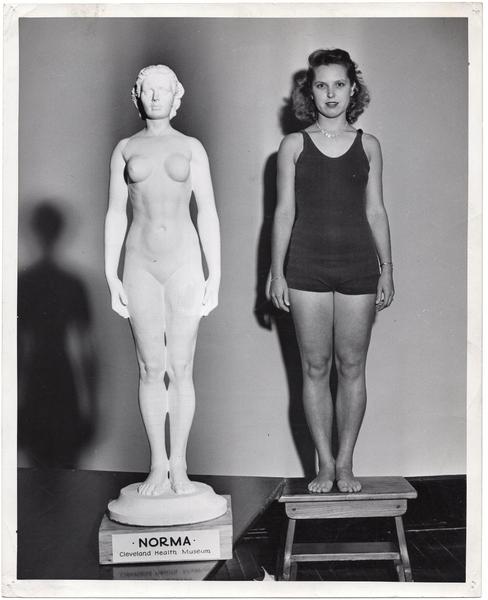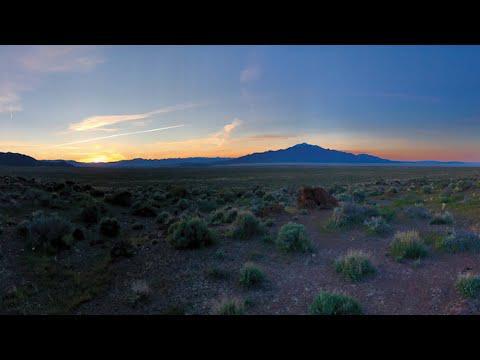American Scientist
•
23rd August 2019
Paradox, Sunrise, and a Thirsty Place
This essay, published in print in American Scientist’s September–October 2019 special issue on the Future of Water and read here by the writer and artist Nina Elder, traces the complexities of living and making art in an era of climate disruption, using the format of the scientific article as a frame for exploring these concepts. The text reflects the author’s research in the U.S. Southwest, a recent residency at the Montello Foundation in northern Nevada, and her ongoing engagement with the changing landscape of Alaska.
Elder creates projects that reveal humanity’s dependence on, and interruption of, the natural world. Often collaborating with scientists and larger research institutions, she explores geologic time, the Anthropocene, and deep futures. Her drawings, installations, and public works have been featured in Art in America, in VICE Magazine, and on PBS.
Read the essay in print here: https://www.americanscientist.org/article/paradox-sunrise-and-a-thirsty-place
Read the rest of the issue here: https://www.americanscientist.org/magazine/issues/2019/september-october
Photo captions:
[0:06] water glass, Montello Foundation, Elko County, Nevada
[0:44] a sage-covered hillside, Ortiz Mountains, New Mexico
[1:12] sunset from Antelope Island in Great Salt Lake
[1:33] author’s hand at sunrise, Montello Foundation, Elko County, Nevada
[1:59] clouds, Elko County, Nevada
[2:33] sunrise, Tetzlaff Peak, Utah
[3:39] The coastline of Lost Lake, in Chugach National Forest near Seward, Alaska, shows the intricate curves and turns of a landscape formed by glaciers. Elder’s photography book Erratic (2018) collects her notes and letters, as well as her photos and drawings of glacial landscapes and erratics, rocks carried from one place to another by glaciers.
[4:19] Donahoe Lake, Wrangell-Saint Elias Wilderness, Alaska
[5:09] Fort McGilvray, an abandoned World War II fort near Seward, Alaska
[6:42] Icebergs float in Portage Lake on the Kenai Peninsula, Alaska, 2018.
[7:26] Skilak Lake, Kenai Peninsula, Alaska
[8:12] The Sun rises over the Knik Arm on the summer solstice, Anchorage, Alaska, 2018.
[9:10] Glaciers have left their mark on the landscape near McCarthy, Alaska, 2017.
[10:00] Wind marks on the Twa Harpies Glacier, Wrangell-Saint Elias Wilderness, Alaska
[10:28] an erratic, Bomber Pass, Alaska
[10:58] Stairway Icefall, Root Glacier, Alaska
[11:33] rocks collected by Cynthia Hendel, held by the author, Wrangell–Saint Elias Wilderness, Alaska
[12:02] Elder’s project in progress, the Solastalgic Archive, holds materials that contextualize and give breadth to how we are living and making in this time of accelerated change. She asks people to contribute an object to the archive in response to the questions, “What helps you feel the present? What connects you with your ancestors? How are you creating the future? Where is your time? When are you?” Materials in the collection thus far include poems, photographs, zines, seeds, rocks, mixtapes, manifestoes, coffee cups, recipes, and diagrams.
American Scientist is the illustrative, award-winning magazine of Sigma Xi, The Scientific Research Honor Society and is your source of science, technology and engineering news and features since 1913! Visit our website at http://www.americanscientist.org.
© 2019 American Scientist / Sigma Xi, The Scientific Research Honor Society






















